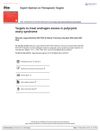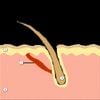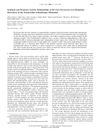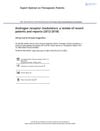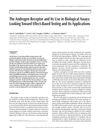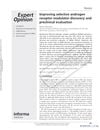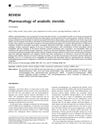QSAR Analysis of a Series of Hydantoin-Based Androgen Receptor Modulators and Corresponding Binding Affinities
April 2019
in “
Molecular Informatics
”
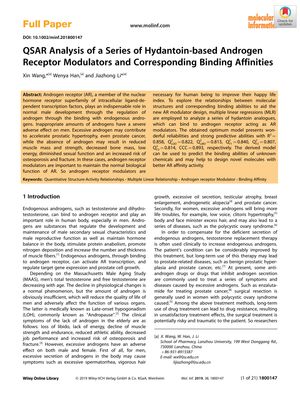
TLDR Researchers developed reliable models to predict how well certain compounds bind to androgen receptors, emphasizing the importance of atomic electronegativity.
In 2019, researchers analyzed 109 hydantoin-based androgen receptor modulators to develop a predictive model for their binding affinities. They created two QSAR models using genetic algorithm descriptor selection, with Model-I and Model-II including 8 and 7 descriptors, respectively. Both models were validated internally and externally, with Model-I achieving an R² of 0.858 and Model-II an R² of 0.833 for their respective training sets. The models' robustness was confirmed through Y-scrambling and Leave-Many-Out procedures, and their applicability was assessed with leverage analysis. Docking analysis supported the QSAR findings, particularly highlighting the role of atomic electronegativity in influencing androgen receptor binding. The study concluded that the QSAR models are reliable and can predict the binding abilities of unknown compounds, suggesting that future design and optimization of AR modulators should consider atomic electronegativities to enhance binding affinity.

